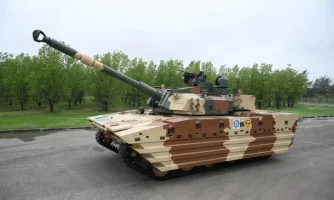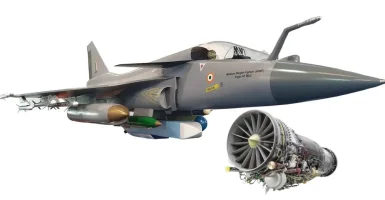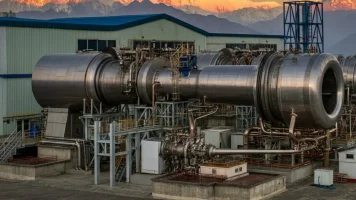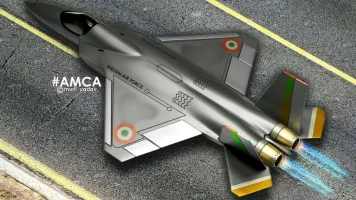- Views: 863
- Replies: 19
A recent acquisition in the aviation industry has raised red flags in India and beyond. The purchase of Rotax engines by a Chinese group has sparked concerns about potential security risks and strategic implications, particularly for countries that rely on these engines for their unmanned aerial vehicle (UAV) programs.
Rotax engines, manufactured by Austria's BRP-Rotax GmbH & Co KG (owned by Canada's Bombardier Recreational Products), are renowned for their reliability and performance in various aviation applications, including UAVs. These small, powerful engines have become a popular choice in the UAV sector due to their efficiency and versatility.
The concern stems from the 2017 acquisition of Austro Engine, part of the Diamond Aircraft Group, by China's Wanfeng Aviation Industry. This acquisition raises questions about potential technology transfer and Chinese control over critical aerospace components.
India's Tapas and Archer-NG Medium Altitude Long Endurance (MALE) UAVs currently utilize Rotax engines, highlighting the strategic importance of this technology for India's surveillance and reconnaissance capabilities. With the engines now linked to Chinese interests, concerns have emerged about potential vulnerabilities, including the possibility of embedded backdoors or disruptions in supply chains during geopolitical tensions.
In response to these concerns, India's Defence Research and Development Organisation (DRDO) has accelerated its efforts to develop a locally manufactured 220 horsepower engine for its production UAVs. This move aligns with India's broader strategy to enhance self-reliance in defence manufacturing under the 'Make in India' initiative.
However, developing an engine that matches or exceeds the capabilities of the Rotax engines presents significant technological challenges. Achieving the right balance of power, efficiency, and reliability is crucial. Even as India strives for indigenous solutions, the interconnected nature of global supply chains means that complete independence from foreign technology may not be feasible in the near future.




